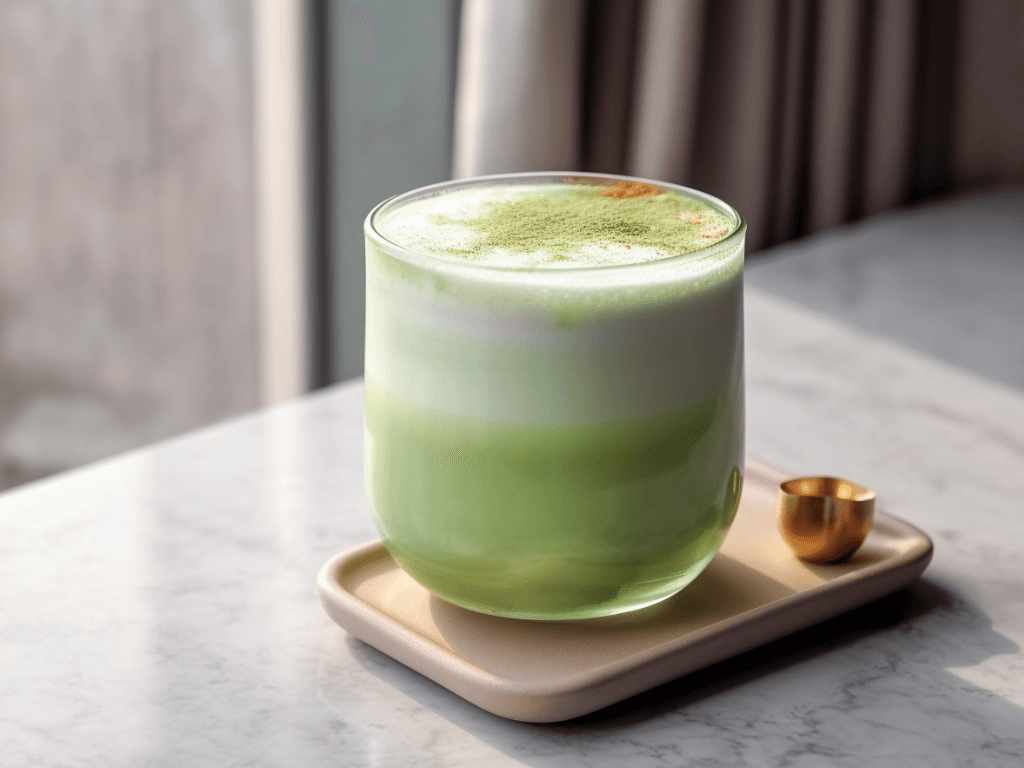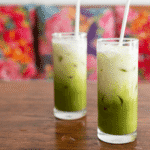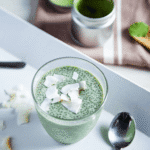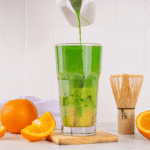How to Make a Matcha Latte at Home

re you a fan of milk tea? If you haven’t tried a matcha latte, you’re missing out on one of the most delicious and nourishing tea-based drinks out there. Known for its vibrant color and earthy flavor, matcha is a finely ground green tea powder that pairs beautifully with milk to create a smooth, creamy beverage. In this guide, we’ll walk you through what matcha is, its health benefits, the best milk options, and step-by-step tips for making the perfect matcha latte at home.
What is Matcha Tea?
Matcha is a type of powdered green tea traditionally used in Japanese tea ceremonies. Unlike regular green tea, matcha is made by grinding the entire tea leaf, which means you consume the whole leaf and benefit from all its nutrients. Its flavor is naturally earthy and slightly bitter, with a rich umami note that blends well in both hot and cold drinks.
Health Benefits of Matcha
Matcha is packed with antioxidants, especially catechins like EGCG, which may help reduce inflammation and support cellular health. It also contains:
L-theanine, an amino acid known to promote calm focus
A moderate amount of caffeine, offering an energy boost without the jitters
Potential metabolism-boosting properties that may assist with weight management
This combination of caffeine and L-theanine makes matcha a great alternative to coffee for sustained energy and mental clarity.
Best Types of Milk for Matcha Lattes
Choosing the right milk is key to a smooth and balanced matcha latte. Here are popular options:
Oat milk: Creamy and neutral, ideal for lattes
Almond milk: Light and nutty, though sometimes thin in texture
Soy milk: Creamy with a mild taste, also rich in protein
Dairy milk (whole or 2%): Traditional option for a richer, more indulgent taste
Coconut milk: Adds a tropical twist, best when used in small amounts
Each milk adds a unique flavor, so experiment to find your favorite.
How to Make a Matcha Latte
Here’s a simple recipe for a cozy homemade matcha latte:
Ingredients:
1 tsp matcha powder (ceremonial or culinary grade)
2 oz hot water (around 170°F / 75°C)
6–8 oz milk of choice
Optional: 1–2 tsp honey, agave, or maple syrup
Instructions:
Sift the matcha powder into a small bowl to remove clumps.
Add the hot water and whisk until fully dissolved and frothy. A bamboo whisk (chasen) or milk frother works best.
Heat and froth the milk separately.
Pour the matcha mixture into a cup, then add the frothed milk.
Sweeten to taste and enjoy.
Tips for the Perfect Matcha Latte
Use fresh, high-quality matcha powder for the best flavor and color.
Avoid boiling water—it can make the matcha bitter.
Sift the powder to ensure a smooth, lump-free drink.
Customize with flavors like vanilla, cinnamon, or even a splash of rose water.
For an iced version, follow the same steps and pour over ice.
Conclusion
A matcha latte is more than just a trendy drink—it’s a simple, enjoyable way to support your health while satisfying your taste buds. With its smooth texture and rich flavor, it’s easy to prepare at home with just a few ingredients. Whether you go for oat milk, dairy, or a plant-based option, there’s a version of this drink for everyone. Try it for yourself and see why matcha continues to be a favorite around the world.
Leave a Reply




Related Posts